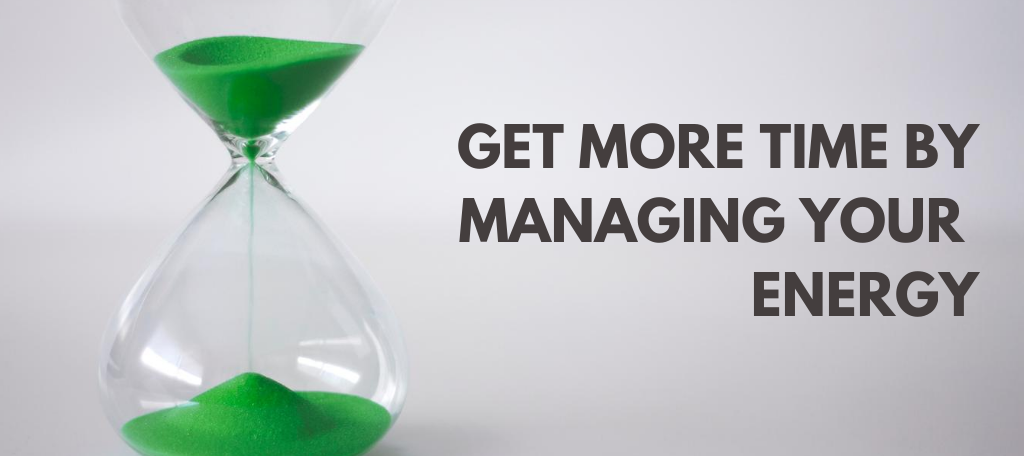Have you ever wished you had more time in the day? Or maybe you just needed to figure out what to prioritize? Amid constant change, crisis, and chaos, it becomes incredibly challenging to determine what to focus on and what to prioritize. Most often, we label this as needing to focus on time management. The challenge though, is that we need to focus on managing our energy instead of just managing our time. We feel exhausted and depleted, usually when the day just began! You hope you’ll be productive and check things off your list while having enough work-life balance to engage with family members and take care of yourself. As elusive as work-life balance appears, it is possible to achieve if you understand yourself enough to know what balance truly is! Learning how to achieve this balance is not about dividing your time into blocks of activities.
Time management is about understanding what energizes you and what depletes you. Balance is then the art of juggling zip activities with zap activities.
Zip activities energies you and give you a surge of mental clarity. Zap activities drain you to the point that you feel you are running on empty. Here’s how to best manage this balance. First, make two lists: one for zip activities and one for zap activities. Remember that you’re evaluating your energy based on your mental energy, not your physical energy. So, exercise might be physically draining but give you a boost of mental focus. Similarly, doing accounting might not be physically exhausting, but could be mentally draining (hopefully not if you’re an accountant). I did this activity with one client, and she created a third list, those activities that were draining because they were challenging, but she enjoyed them. Feel free to create this third list, it’s even more illuminating.
Once you have your lists, select those activities that are most valuable. By valuable, I’m referring to those activities that are most critical for your success. This could be revenue-producing activities or strategic activities that are critical for your productivity. You’ll notice that Facebook and internet surfing won’t show up here! Then based on those vital activities, likely three or four activities, identify on a scale of 1-10 how energizing they are or how draining they are. Once you have this information, you can begin to plug in when to do these activities throughout the day.
To use this information to your benefit, structure your time around your energy. First, identify the time of the day that you are at your best. When do you have the best mental clarity? For most people, they are most alert according to their natural rhythms, which is late morning around 10 am. Unless you’re a night person, then it will be around 9 pm. This is the time of day that you should schedule your most mentally taxing activities that are also the most important. When you look at your list of critical activities that are draining, these should be planned in the morning. This is by the way the worst time to check your email! Email requires you to multi-task and robs you of energy at an alarming rate. Email is best done when you are at a mid-level of energy and then followed by an energizing activity to refuel yourself. When you are depleted, you should schedule your least essential activities that are somewhat energizing. I call this futzing time. I organize things, write thank you cards, do photocopying, etc. Nothing that requires a high level of mental energy, so I can be brain fried when I do it without concerns about making mistakes.
Basically, you are managing your time by organizing your activities throughout the day based on when to use up your gas and when to refill.
If you can manage your energy throughout the day without running out of gas, you’ll always get the essential activities completed and still have gas left in the tank. You’ll literally feel like you have extra time in your day. It’s about genuinely understanding when you need to refuel. As a general rule, you should do activities for 50 minutes and then take a 10-minute break to recharge. That will allow you to refuel and refocus, assuming you get past the guilt of taking a break! For a worksheet to help you identify your energy zappers click here.




